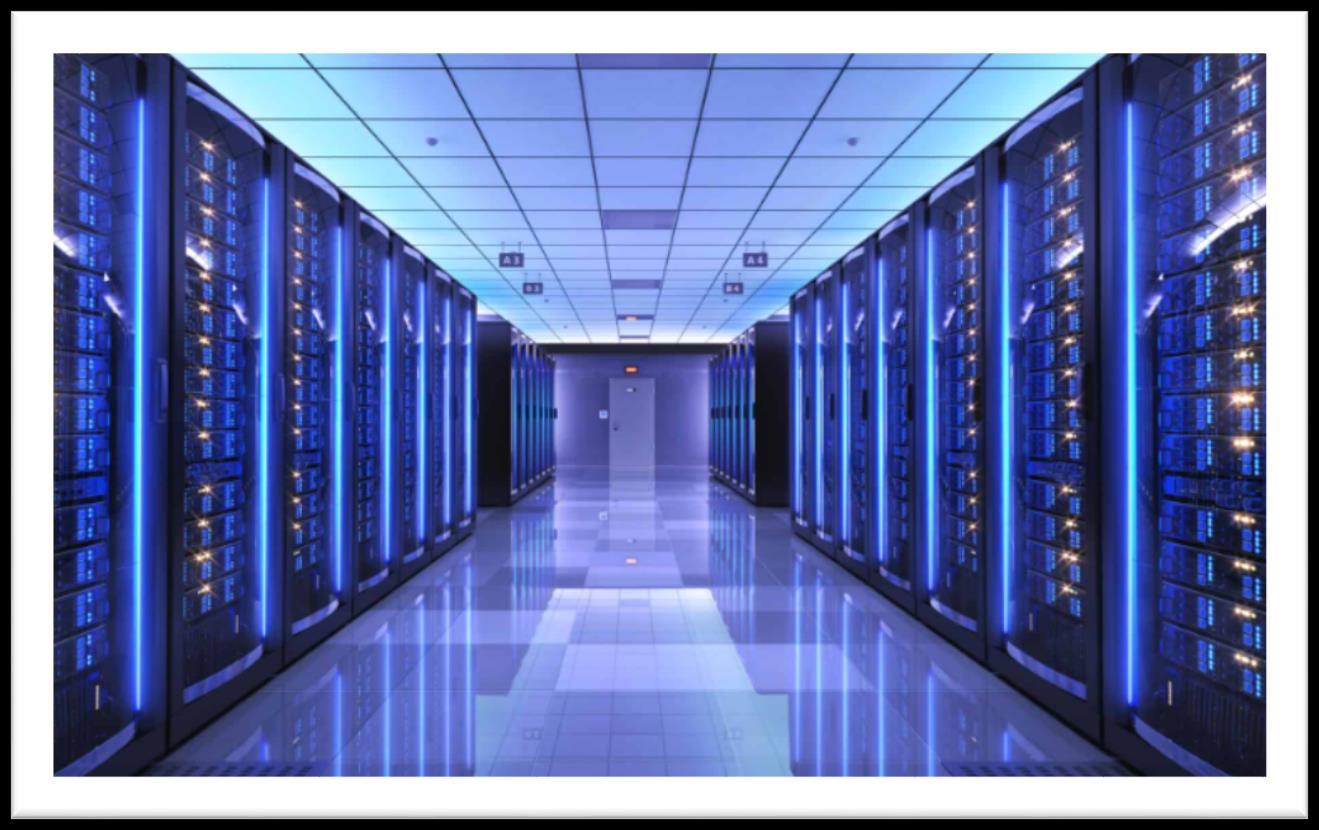A Definitive Guide to Rack Servers: Informative Tips and Insights
Rack servers or server racks are often preferred when considering computer networks and data storage. But what are these servers, and how to choose them? A server rack is a framework that houses multiple rackmount servers (powerful computers) used for data storage and processing.

Let’s look at the insights into server racks to help you gain a better understanding before you make a purchase. Whether you are a large enterprise or a small business owner, having a clear idea about the rack servers can help you make an informed choice.
So, what are rack servers?
A server rack is a structure or cabinet that efficiently manages multiple servers within the data center. It is basically a storage unit designed for computers. The primary purpose of a rack server is to manage an organization’s IT data center infrastructure centrally. When all the server components and equipment are within a single rack, it helps streamline cabling and equipment connection and equally distribute power. It helps enhance the overall organization
infrastructure, facilitating proper airflow and thus preventing potential overheating issues that can cause component damage.
Moreover, server racks are often equipped with cooling mechanisms, efficient cable management systems, and security measures, ensuring the overall protection and efficiency of the system.
How Does Server Cabinet Different from Server Rack?
A server cabinet is a secure enclosure made of sturdy material. It is often used to protect critical computer servers and equipment. Its construction is made of metal with doors and panels to prevent unauthorized access.
The primary purpose of the server cabinet is to protect equipment from any physical damage. Moreover, it offers provision for cabling and spaces for proper server arrangement. Additionally, they incorporate fans and ventilation systems to maintain optimal temperature and prevent overheating. Server cabinets are critical for organization, maintenance, management, and reliability. They are employed in data centers, server rooms, and other IT infrastructure.
Continue reading:
